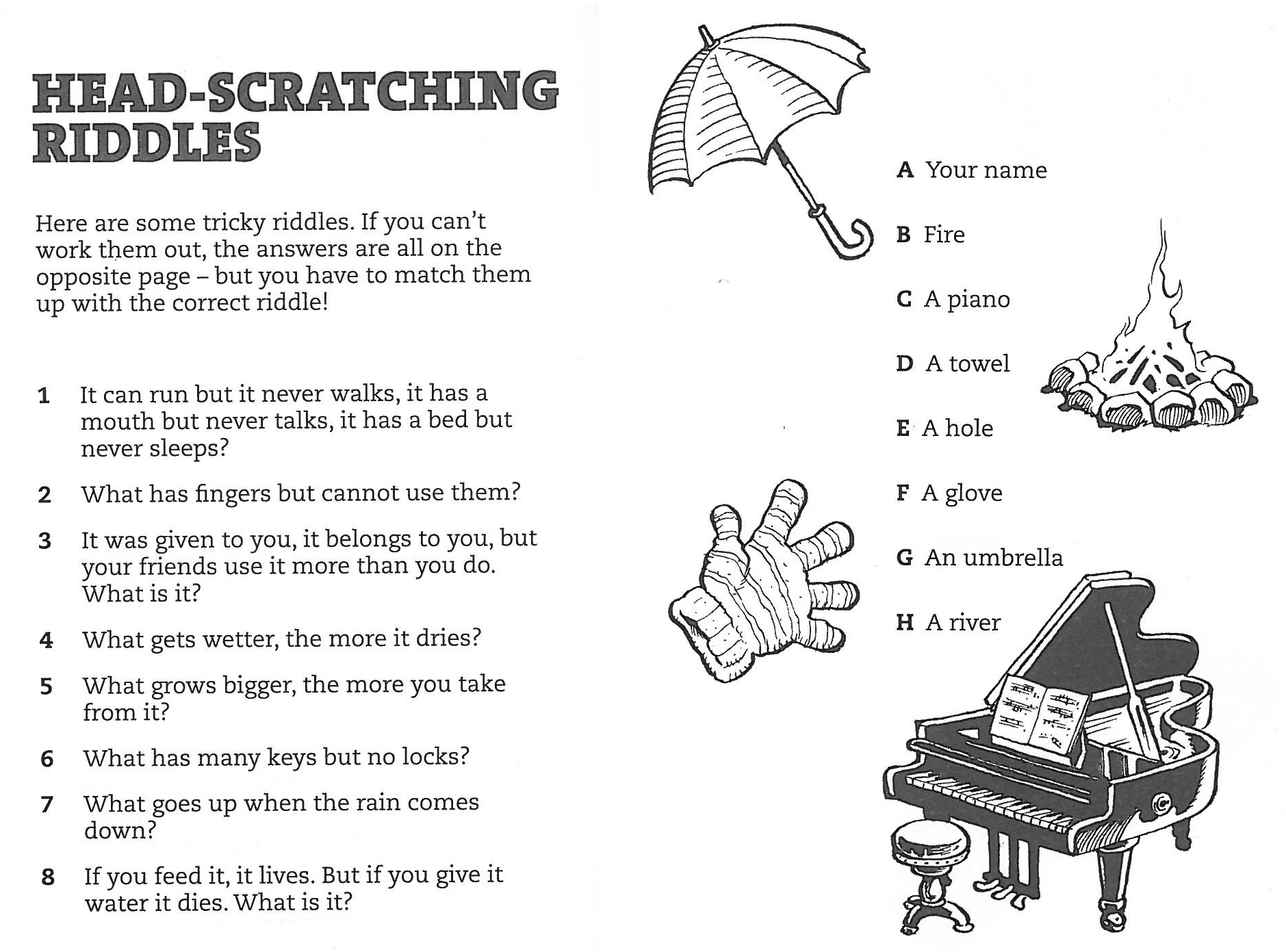HISTORY OF ALCALÁ DE HENARES
·
In ancient times, when the Romans rules, Alcalá
de Henares was called Compultum, which means Compultense, the place which joins two rivers.
·
Later, Christianity arrived with the Visigoths
from Northern Europe, barbarians, was
what the Romans called them.
·
In 711, from North Africa, the Arabs arrived and
brought Islam. Judaism, Christianity and Islam coexisted here until the Middle
Ages.
·
From Arabic, came Al-Qalá, which means the castle. Hence the current name derives
from the Arabic for castle by the river.
·
During 800 years, a period called La
Reconquista, The Reconquest, the
Christian population fought back for power.
·
The end of this period marks the Middle Ages,
the period which would bring Miguel de Cervantes to Alcalá, arguably the most
famous resident ever.
·
From all this history, have come many different
traditions and festivities.
·
The Patron Saint of Alcala de Henares is shared
with many parts of Spain and South America, Nuestra Señora del Val, or, Our Lady of the Valley. Devotion to her
came as result of various appearances of her holy ghost to various Catholic
believers between the years 1618 and 1620.
·
Nowadays, the people of Alcalá celebrate her
every September. The festival in her
honour, begins in el salón de actos de la
Virgen de la Universidad Cisneros on the 4th of September, continues
through until the 14th in the the famous
church/cathedral Magistral of Alcalá,
and ends with a community procession on Cervantes Square.
 |
| Federico García Lorca (1898-1936) |
 |
| The Cricket Sings is a collection of poems and songs for children-Written by Garcia Lorca |




























